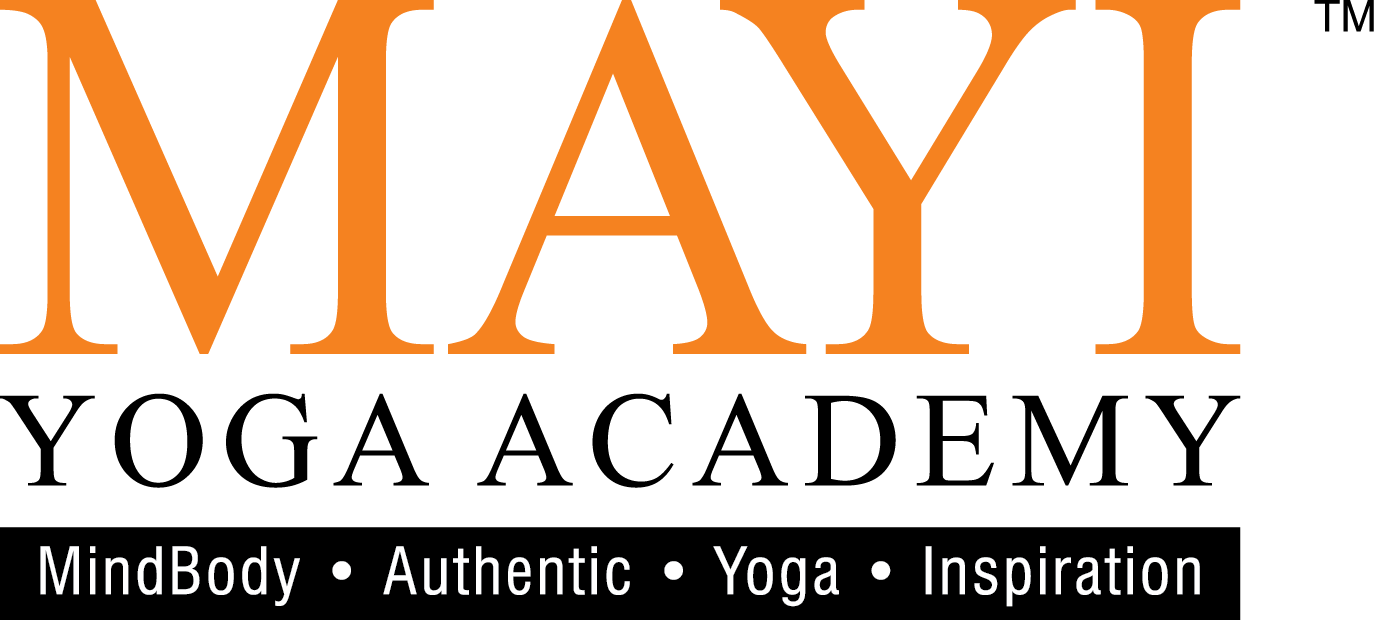Managing the Pandemic the Yogic Way
- October 4, 2020
- Posted by: admin
- Category: Featured Content,
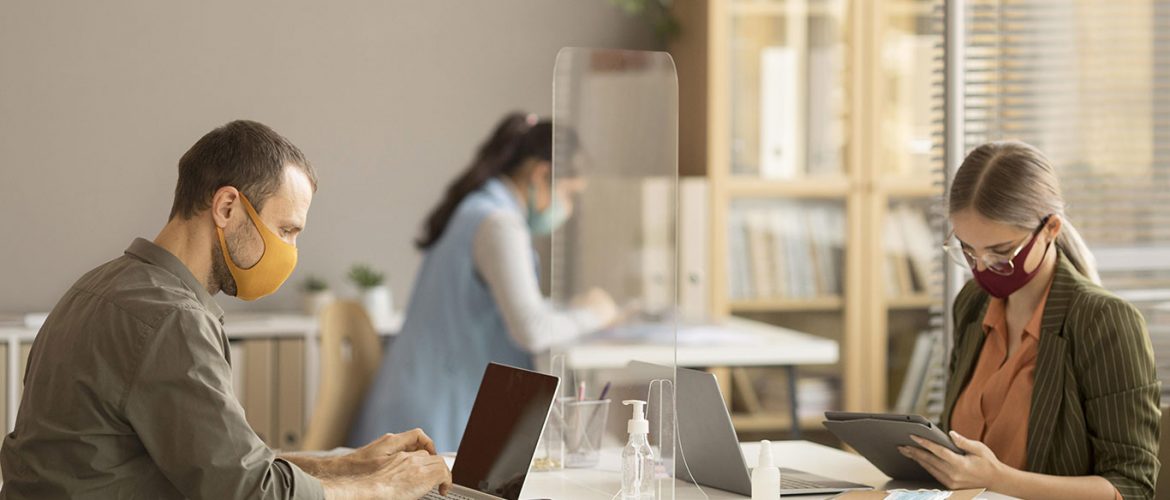
By Dr Chandra Nanthakumar
The year 2020 was hailed with the invasion of the corona virus on planet earth, which has claimed many innocent lives worldwide. The onslaught which started late last year in China spread all over the world this year and has yet to end; countries have implemented lockdowns and movement control orders to contain the spread of this lethal infection. Scientists have put forth several theories on the methods of transmission; however, there is yet a definitive evidence of the actual mode of spread (Ghose, 2020).
While scientists are working round the clock to find a cure, humanity should not only maintain hygiene, but also make use of the tools at hand to care for themselves.
The pandemic has greatly impacted people’s way of life – not being able to cruise about freely, socialise with friends, or having to work or study from home. However, looking at the hindsight, this scenario has benefited Mother Nature to a great extent, at least during the movement control order period. With fewer automobiles on the streets and a complete halt on construction and several other pollution–prone businesses, the atmospheric air, which was once adulterated, had become purer and fresher. Mother Nature finally had the opportunity to heal!
For a very long time, human beings have been immersed in a “rat race” society where their careers, more often than not, have been put on a pedestal for the sake of position and possession. “I don’t have time to exercise.”; “I am busy at work.”; “I am working over the weekend.” are some of the common statements we would have heard from workaholics. While it is imperative to have a job to earn a livelihood, many have stretched their limits far and beyond, ignoring their general well-being, just to keep up with the joneses. Some are even too busy to have a “sit-down” lunch that eating at the work station has become quite a common sight at some workplaces. Hence, the partial or complete lockdown in the recent months have really been a blessing in disguise for many to start reevaluating their lifestyles. Even though the pandemic has triggered great losses to the world economy, it has bestowed equal amounts of goodness upon humanity.

While medical personnel are treating and caring for patients inflicted with this high-risk infection in hospitals, others confined to their own homes have chance to sit back and relax amidst preparing meals and caring for the family.
Those who have been practicing yoga sporadically, now have all the time in the world to connect with their inner selves through this ancient scientific practice. Unlike other forms of exercises, which require equipment or a special environment, this ancient mind-body practice can be done within the comfort of one’s home. Even medical personnel can practice this mind-body regiment when they are at home.
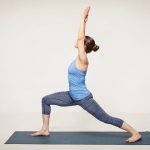
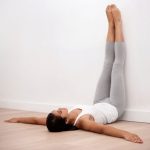
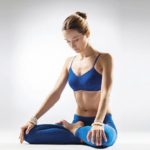
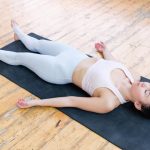
Practise yoga daily brings magnificent changes
The practice of yoga encompasses, amongst other things, body movements coordinated with breath, breathing techniques, concentration and meditation techniques. These components if practised regularly, have the ability to bring about magnificent changes within. Moreover, consistent practice has been shown to boost one’s immunity. With ample free time at hand and not having to race and beat the traffic to get to work on time, one could simply wake up the same time and instead get down to practice.
With the current situation of the pandemic being indefinite, practicing yoga daily may be a smart move for several obvious reasons.
Besides boosting one’s immunity, it keeps one agile and fit through the rigorous asanas. (Harvard Medical School…, 2020).
Asanas such as the warrior pose helps tone thigh muscles, while leg lifts work on strengthening the abdominal region. The pranayama practices, on the other hand, enhance the exchange of gases that take place in the respiratory system while increasing the prana, or chi, in the body. In addition, practices like kapalabhati help remove expired air and toxins from the body while cleansing the frontal brain. The yogic breathing balances the ida (yin) and the pingala (yang), bringing about greater vitality to the body and mind. The shavasana, dharana and dhyana practices lull the body and mind into a state of relaxation and deeper connection with the higher self, and that is when rejuvenation and healing take place.
References
- Harvard Medical School recommends yoga to deal with COVID-19 anxiety (2020, March 16)
https://www.theweek.in/news/world/2020/03/16/harvard-medical-school-recommends-yoga-to-deal-with-covid-19-anxiety.html - Ghose, T. (2020, April 7). How are people being infected with COVID-19?
https://www.livescience.com/how-covid-19-spreads-transmission-routes.html
